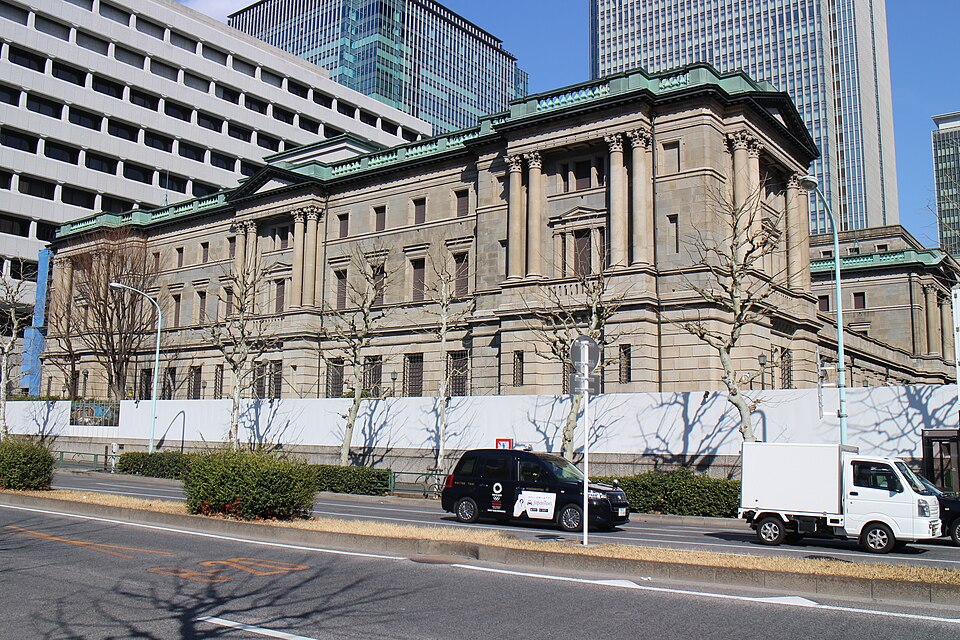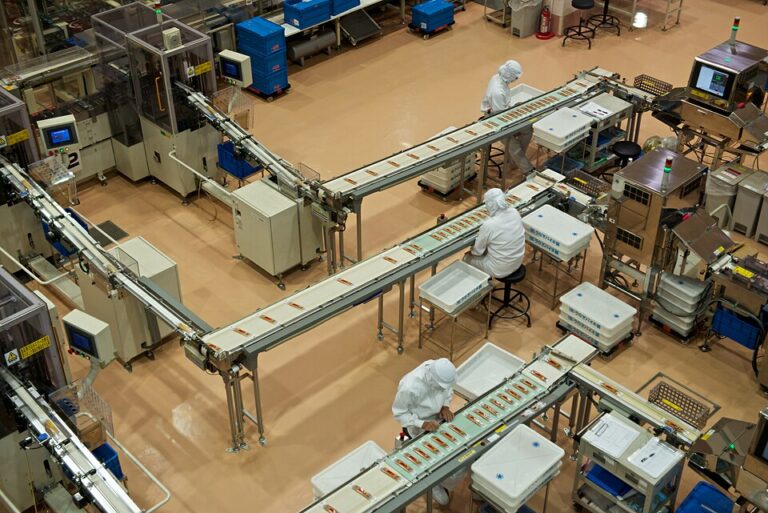They still smell of cutting oil down in Higashiosaka, yet on a warm June morning the mood felt lighter than it has in ages. Numbers back it up, the final au Jibun Bank Japan Manufacturing Purchasing Managers’ Index nudged to 50.1 in June, edging over the make-or-break 50 line for the first time since May 2024. It’s not a champagne-popping figure, but for factory managers who’ve been chasing shrinking orders for a year, it’s a small, almost mischievous victory.
Annabel Fiddes of S&P Global, which compiles the survey, cautioned in her trademark dead-pan that “demand conditions remained challenging,” yet she spotted enough green shoots to justify extra shifts. “Companies were more hopeful when looking ahead, which encouraged them to increase their staff numbers and raise production levels for the first time in a year,” she told reporters at Reuters. Hopeful, there’s a word Japanese manufacturers haven’t worn comfortably in a while.
The relief is tempered by politics across the Pacific. U.S. President Donald Trump’s spiky new 25 percent auto tariff still looms like a customs officer with a bad hangover, and the same PMI report shows new orders falling for the 25th straight month. Export orders have been sliding since February 2022; even an optimist has to squint to see the bottom of that trough.
Bank of Japan Governor Kazuo Ueda, fielding questions in the Diet last month, didn’t sugar-coat the threat. “U.S. tariffs could weigh somewhat on Japanese companies’ winter bonus payments and next year’s wage talks with unions,” he warned, before adding that wage growth “may slow somewhat” before perking up again. Translation: the BOJ still believes the recovery story, but it’s keeping one hand on the rate-hike lever just in case.

That cautious stance makes sense when you scroll back a few weeks. First-quarter GDP shrank an annualised 0.7 percent, a bigger slide than anyone expected. Yoshiki Shinke at Dai-ichi Life Research called the economy “very vulnerable to shocks such as one from Trump tariffs,” adding that fresh fiscal firepower might be needed if the external hit turns nasty. It wasn’t exactly a morale-booster, yet the damage hasn’t derailed capital expenditure—companies actually lifted spending 1.4 percent in the same quarter. Japanese CEOs, never famous for rash bets, seem to be gambling on a gentler global landing.
Inside the workshops, managers talk less about geopolitics than parts and people. At a robotics supplier in Nagoya—one that begged not to be named for fear of spooking clients—the production chief said he finally cleared a nine-month backlog in June. “We were basically chasing our own tail,” he laughed, wiping grease off a tablet screen. “Now the orders are trickling back and we’re hiring again, but it’s cautious hiring—you feel like the tide could turn overnight.” His anecdote mirrors the PMI sub-indices: output up, backlogs down, payrolls growing for a seventh month.
Costs are still biting. Input and output price indices rose again in June, with firms blaming everything from LNG cargoes to higher summer overtime. Yet unlike last year’s raw-material panic, managers now pass some of that squeeze onto customers without losing sleep. A weaker yen—hovering near ¥143 to the dollar—doesn’t hurt margins either.
So, is this the long-awaited turning point? History counsels humility. Japan’s factory PMI has flirted with expansion before, only to relapse. But there are two wrinkles worth noting this time. First, the rebound coincides with a services sector still in decent health, giving the overall economy a broader set of legs. Second, corporate Japan enters this cycle not starved of cash but sitting on record piles of retained earnings, the spoils of years of cost-cutting and cheap credit.
For policymakers, the playbook is simple but risky: keep monetary policy just loose enough to coax firms into spending, while leaning on Washington for tariff relief. Should that balancing act hold, the summer quarter might finally deliver growth worthy of the word. Slip, and the freshly humming assembly lines could stall before autumn leaves hit the shop floor.
Either way, the smell of cutting oil in Higashiosaka no longer carries quite the same tinge of worry. It’s amazing what two-tenths of a PMI point can do.
